SPAR: Training Employees with AI Avatars and Roleplays
SPAR: AI-powered roleplays to train customer-facing employees, featuring technical architecture, design choices, and key startup insights.
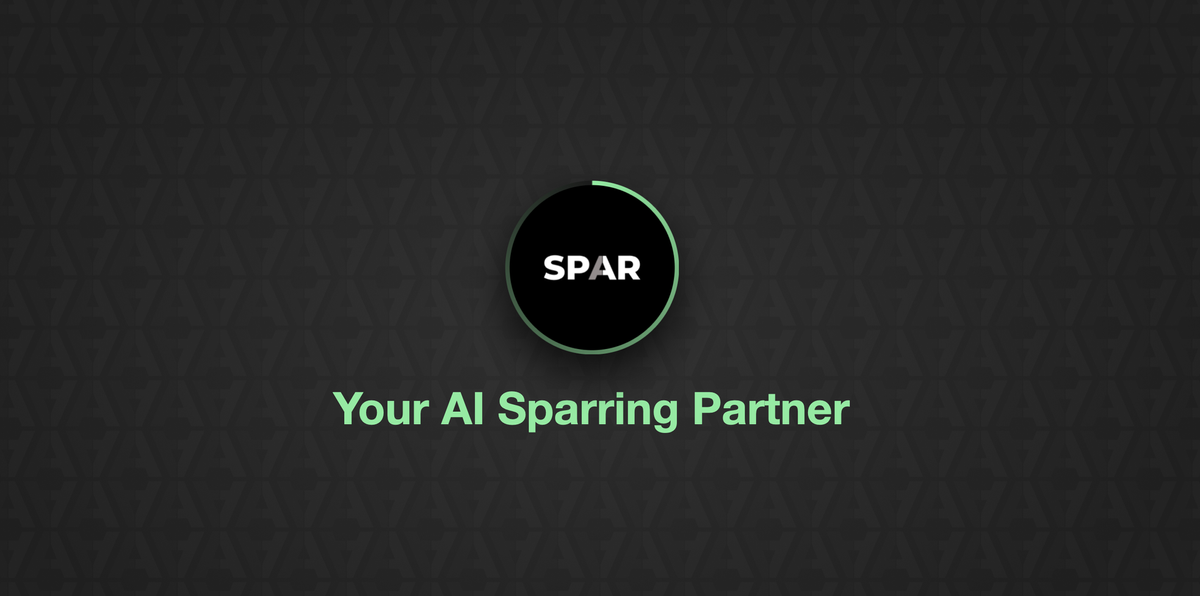
Introduction
SPAR started in July 2023 to change how customer-facing employees learn and develop their skills.
At that time, several factors convinced me of the opportunity:
- A personal conviction that practicing with AI is the future of skill development. This belief was backed by scientific studies demonstrating that deliberate practice yields 3-5x better results than passive learning methods - such as watching videos or listening to a lecture.
- An inflection point in technology allowing new entrants to build world-class conversational AI. Competition was fragmented, and no solution delivered an end-to-end, low-latency (sub 1.5 seconds), immersive experience.
- Signal of market validation and readiness. In particular, several meetings with top-level executives of LVMH Group who expressed the need and their desire for a better system for the 15-20,000 customer-facing employees they train annually.
Team Acknowledgement
Many people worked hard to make SPAR's vision a reality.
In particular: Anthony Malkoun on the back-end and the intelligence across the product, Emmanuel Rozenkier on the R&D and the analysis part, Gulshan Sankhyan on the Metahuman, Prakhar Saxena on finetuning LLMs, Tarek Chreif on Project Management and Quality Assurance, and Mohamed Ben Jazzia on the Emotion state machine and the Gamification.
Why Customer-Facing Employees / Frontliners / Field Sales?
I selected this segment as an entry point for the key insights below:
- AI-resistant: Even with further AI development, those jobs will remain as they require face-to-face human interactions. On the other hand, call centers will shrink.
- Companies have a budget: Those employees must be trained before interacting with clients. In addition, their performance is directly linked to the topline and brand perception.
- Transferable skills: Learning to handle objections, manage rejection, and develop emotional resilience are valuable skills.
The focus was narrowed to retail companies with high margins, high employee turnover, and high-value transactions.
Consider the impact difference: a cashier at Carrefour does not affect the transactions regardless of interaction quality. In contrast, a skilled life-insurance salesperson can directly influence a €10,000+ policy sale, with each conversation worth thousands in company revenue.
The higher the turnover, the more frequent and standardized the need for corporate training, and the more receptive the company is to shrinking the onboarding period.
The Product - Immersive interactions with AI-powered avatars
Users engaged with AI-powered Metahumans in realistic sales scenarios.
The experience resembled a video call but with an AI character programmed with specific traits and objectives. After each session, users received detailed feedback on their performance, including analysis of tone, word choice, and effectiveness in meeting objectives.
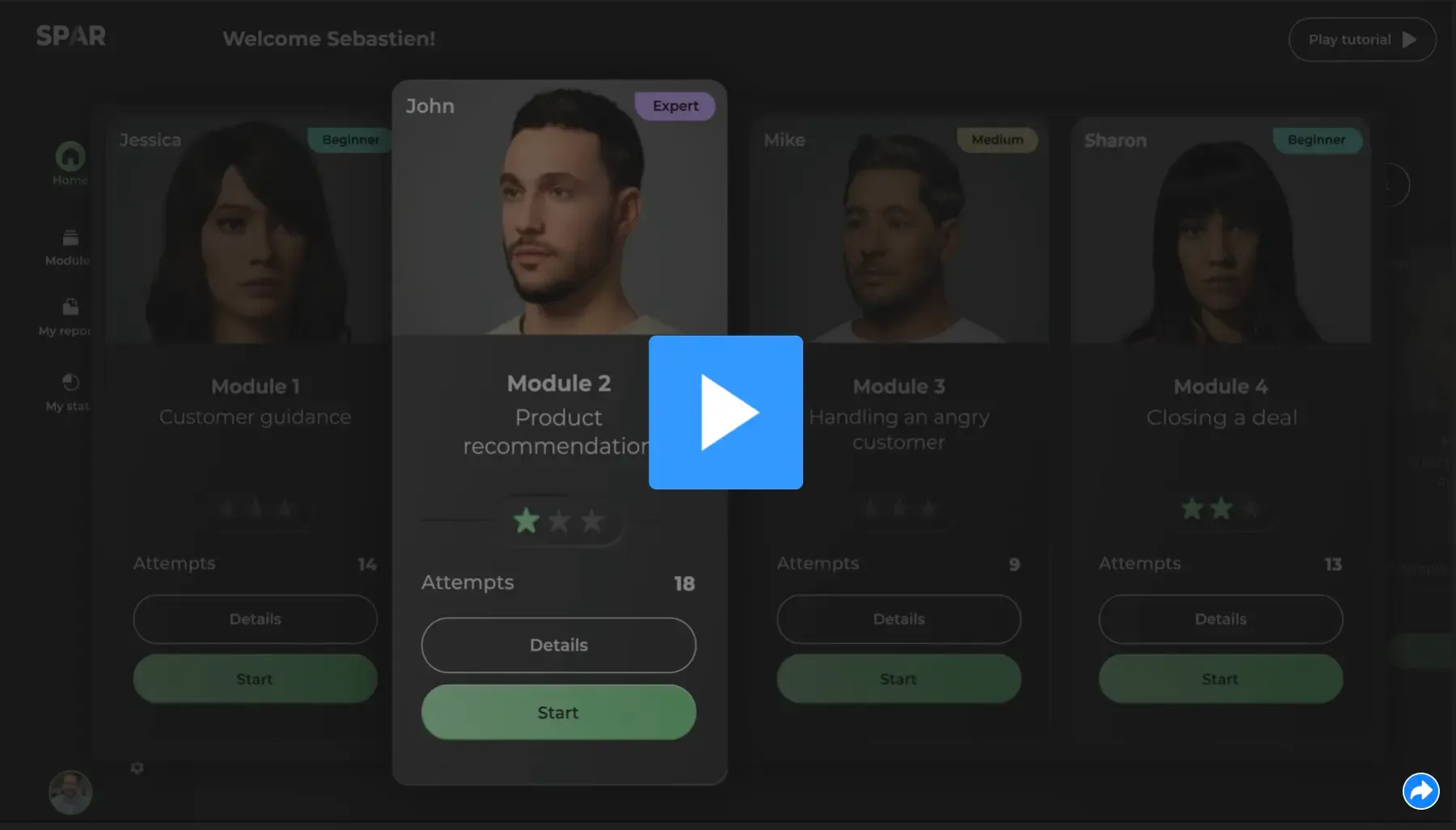
The initial research
We spent the first months mapping the technological landscape to identify what would create a truly superior solution. The below non-negotiable requirements guided this analysis:
- Zero adoption friction: No hardware requirements, VR headsets, or installations
- Realistic conversations: Generative AI capable of human-like interactions with near-instant responses
- Immersive experience: High-definition, emotionally responsive faces
As a result, we discarded:
- 3JS technology (3D objects in the browser) as the quality was bad
- Photorealistic faces - Synthesia type solution needed time to animate a face while other technologies like VASA-1 from Microsoft hadn't emerged yet and when they did, were still not flexible enough to generate emotions - but those are the future
- Speech to Speech Technologies. Similar to the above, they were not mainstream in 2023, and even in 2025, they have several significant limitations, particularly weak intelligence, cost, and over-reliance on one provider
We ended up with the below high-level plan:
- One server to run a game engine for the avatar technology - then stream it to the user browser
- One server to run our own self-hosted lightweight LLM model
- One server to orchestrate the above and coordinate external calls - in particular:
- To convert the user voice into text (Speech-to-Text technology)
- To convert the output of the LLM into voice (Text-to-Speech technology)
- To process the interaction and give feedback on the voice, the content, etc. (Established AI providers like Anthropic or OpenAI)
Deep dive into the technical choices
Key Concepts Explained:
- Spar Session: A single interactive training session (instance) during which a user practices skills with an AI avatar and gets feedback at the end of the session.
- Module: The structured framework containing specific learning objectives, scenarios, and evaluation criteria that guide each Spar session.
- Avatar: A lifelike virtual character built with Unreal Engine's Metahuman technology and powered by our fine-tuned language model—essentially a digital human with a consistent personality and behavioral patterns.
Below is a general overview of how SPAR - on the user side - was working
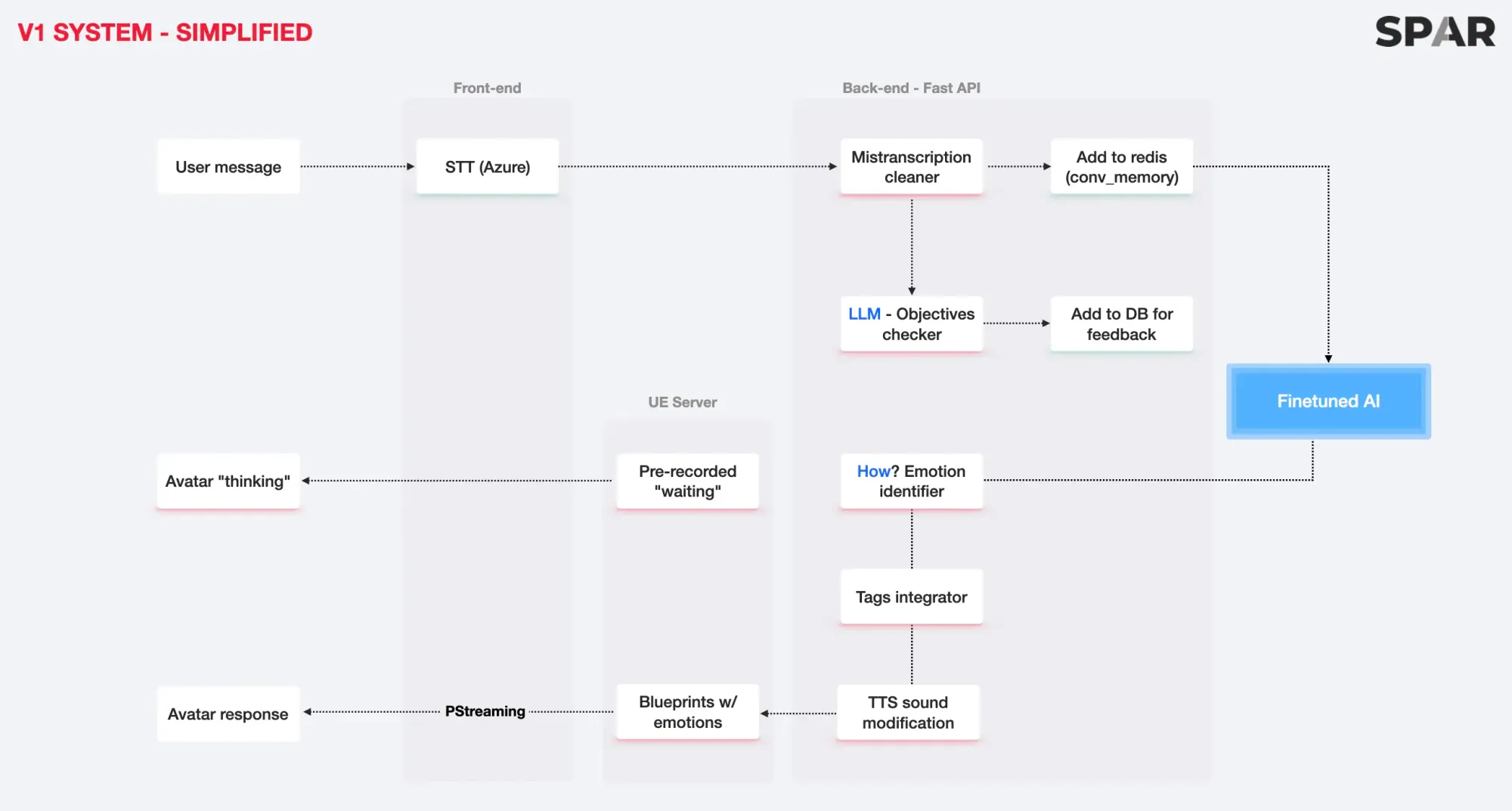
We’ve open-sourced the code on GitHub. Use the link below to access it:
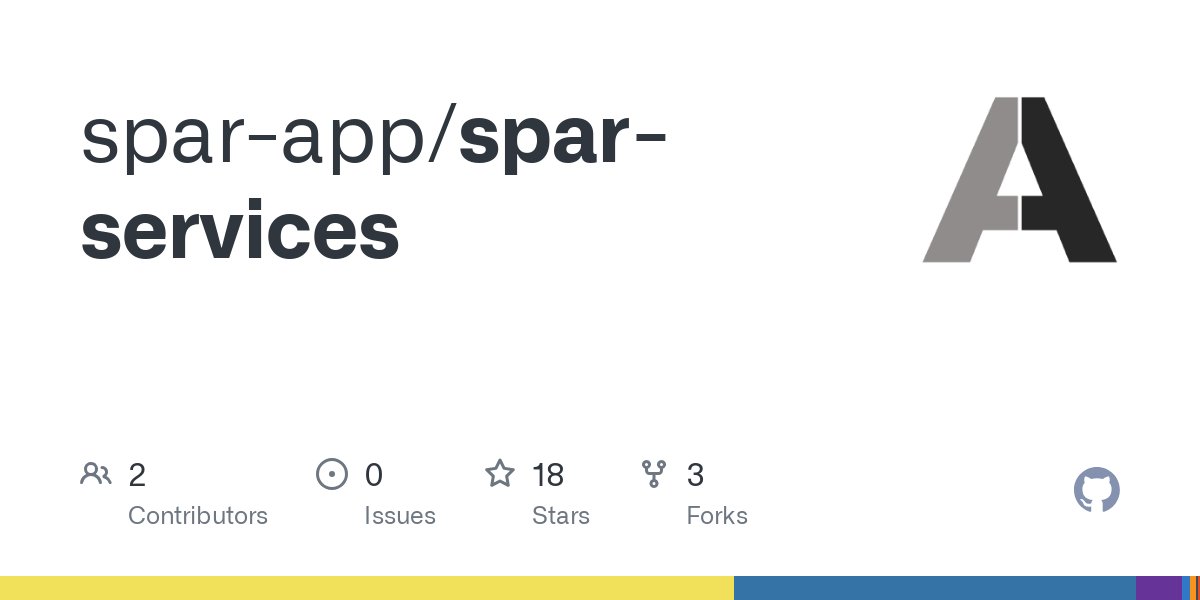
Github Link to SPAR source code
For a deep dive into the Metahuman technology, this is the article written by Gulshan Sankhyan, who led this part:
Link to the Medium article about our AI-powered Metahumans using Unreal Engine 5
For a deep dive into how we trained and hosted our LLMs, this is the article written by Prakhar Saxena, who led this part:
Link to the Medium article about how we trained the LLMs for our Real-Time Avatars
Note: We tried many of the big open source names, Mistral, Llama, and Qwen, and were running Qwen on an A100 machine at the end.
Deep dive into the design choices
The design philosophy was centered on three principles:
- Simplicity - The end-user is a customer-facing employee; he sees training as a mandatory task, so we must remove all cognitive load. We want the user to get into the conversation with Avatar as quickly as possible.
- Gamified - We followed the Octalysis framework and worked with Mohamed Ben Jazia (XP from King/Activision) to make the experience close to a serious game.
- Actionable - For the user, the manager, and the company, we wanted the design to reflect the ROI. What did I learn? What do I need to do next? Who is doing well? How does it translate to performance? Etc.
We minimized UI elements to keep the focus on the interaction itself, creating an experience that felt like a conversation rather than software. Below are some screenshots.

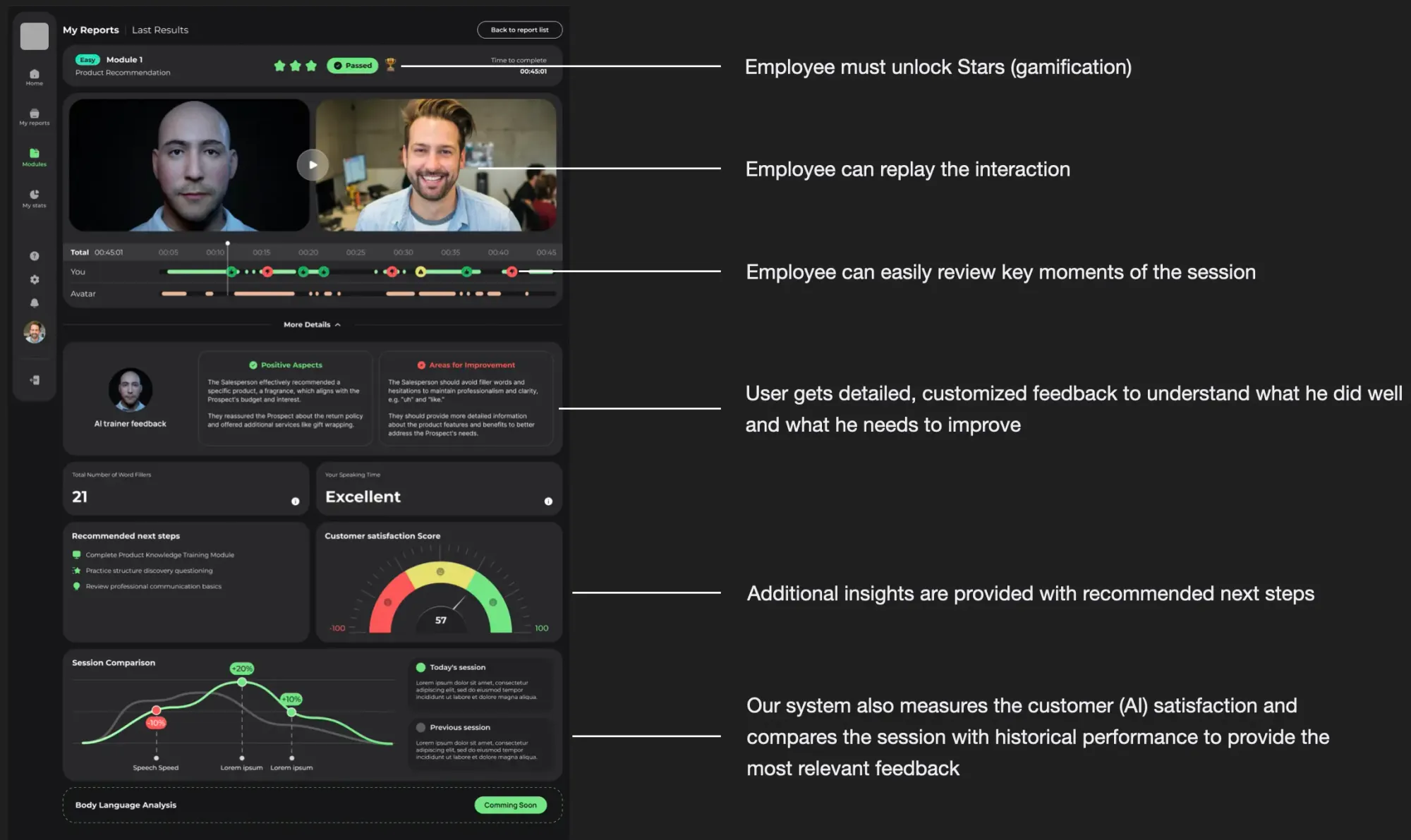
Competitive Landscape Overview
The environment presented multiple direct and indirect competitors like coaches, serious games, other startups, established consultancy firms, etc. That being said, the two main competitors were:
- Traditional LMS providers: These platforms offered passive learning but failed to provide practice opportunities for real-world skills.
- Other startups - usually voice-only. For example, companies like Hyperbound or Luster in the USA.
In addition to our distinct market focus, I decided to build our differentiation on visual cues, emotional intelligence, and verbal communication to make the interaction as immersive as possible.
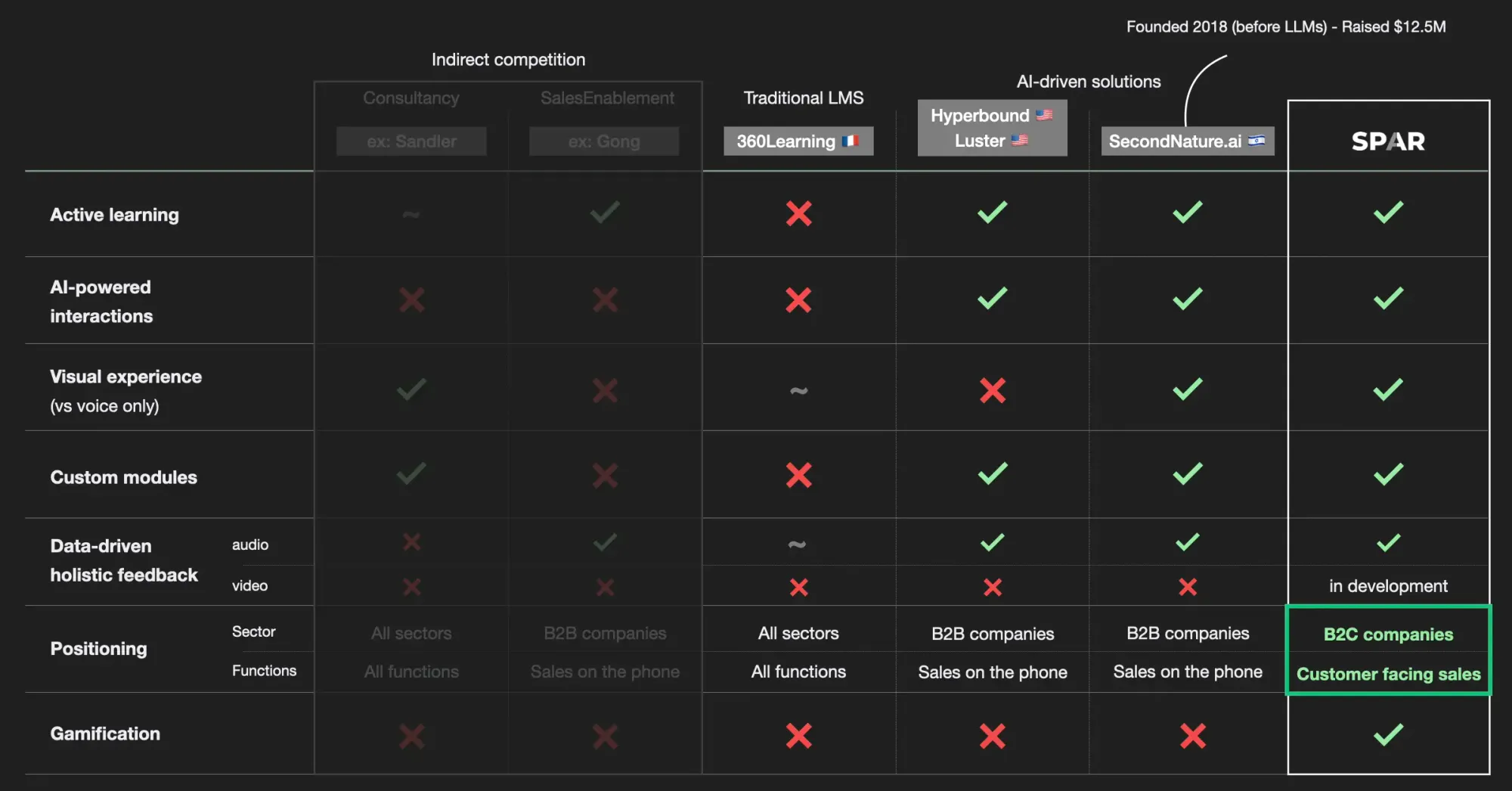
I am happy to share the deck or the competition Google sheet for more information. Please feel free to reach out.
Business Development Insights
Focusing on enterprise deals for a bootstrapped startup without an existing network was not ideal. The strategy was that one big deal would give a strong appeal to VC firms and credibility with future prospects. Then, with funding, we would recruit one commercial, a top performer from the LMS world, and, in parallel, offer a self-serve solution for the mid-market.
The problem is that we didn't get this major deal in time. We got a 5-figure paid pilot with an ex-Allianz company but didn't sign a large enterprise to take the leap of faith.
And it's understandable because:
- Large companies are slow to move. They prefer to be late and work with you when the product is finished and has proven its value.
- We were dealing with employees, not business owners. Yes, they care about their company, but they care more about their career. They will not take risks if they don't have to, even if you can demonstrate an improvement in how their company operates.
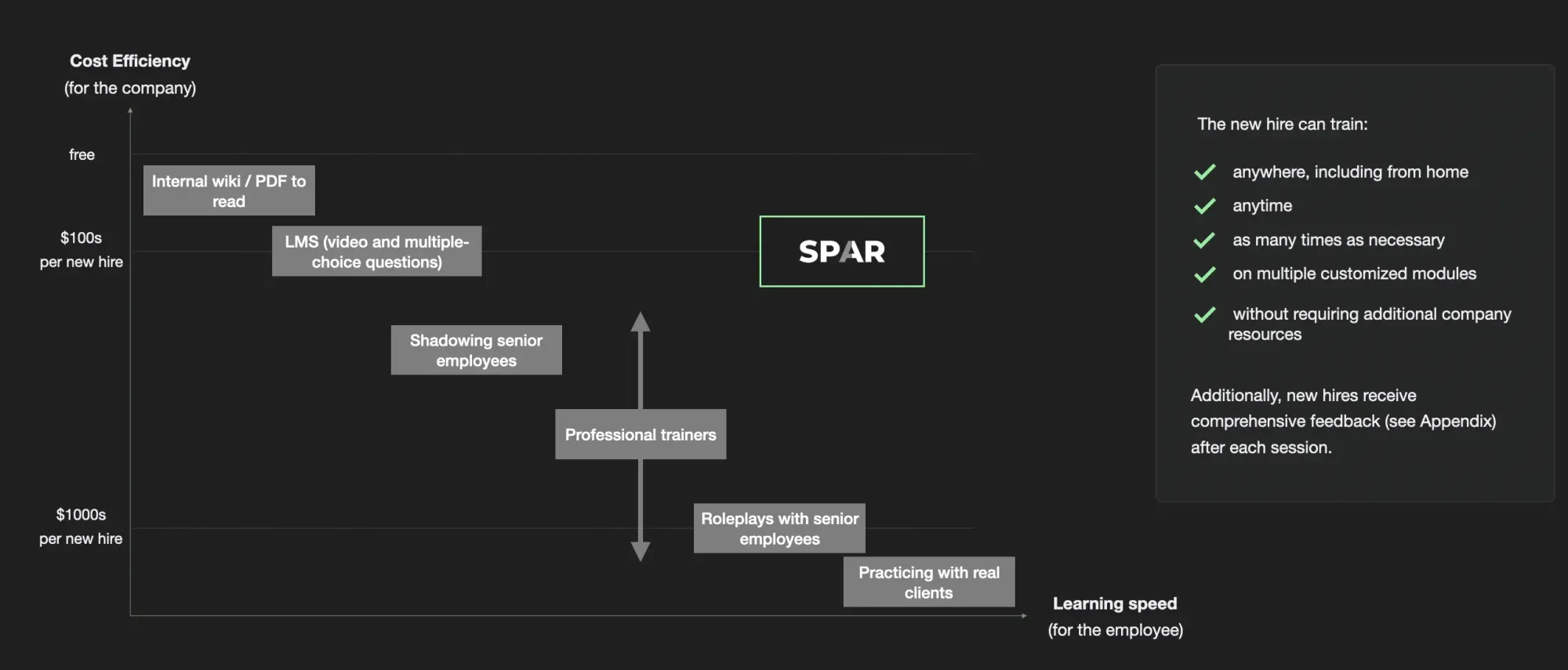
Looking back, I underestimated the importance of having an established network in the HR/Sales Training ecosystem. To break through, one would need credibility and visibility in this domain. Both need activities like participating in industry events, sharing thoughts online, and developing relationships with key decision-makers and influencers. And all these activities demand a genuine passion for the space.
My limited enthusiasm for the sector led to a misalignment between what the business truly needed and what I wanted to do.
And this is the most important point:
When selling is hard, you better be convinced and passionate about what you sell.
Other quick insights:
- Cold emailing is dead. We didn't get anything from it, even with AI personalization and a sequence of up to 6-7 bounces. Events and other volume-based outreach strategies (ex, Linkedin) had a very low transformation rate.
- Warm intros and inbound coming from the content are the best lead-generating strategies. They take time but have a much higher conversion rate.
General Startup Insights
There are so many lists of lessons and advice for startup founders. The idea is not to list all possible insights but rather reflect on a few that we know but don't appreciate enough:
Be brutally honest about your "why."
Ask yourself these critical questions before committing:
- Beyond making money, why are you pursuing this specific opportunity?
- What's the origin story of how you discovered this problem?
- Can you really see yourself immersed in this industry, talking to these customers, for the next decade?
- Is this business opportunity connected to your interests or passions?
It's very easy to get carried away with optimism, initial wins, hype, or the impatience to do something.
However, it's better not to commit too early and keep on tinkering until there is an alignment between what you can do / what you want to do / what the market wants.
Focus - Build and sell only.
Don't hire employees or contact VC unless you have no choice.
Keep all your focus on building and selling. Any other work gives the illusion of progress but is a distraction. Build / Sell. That's it.
If you cannot build the product, team up with a skin-in-the-game co-founder. Avoid paying an agency or freelancers. You will hit a wall at some point.
Employees and investors are all fuel to accelerate an existing working engine, not to create the engine.
Either you are the customer, or you have a customer.
If you build because you think the idea is good or because you think it's better, you are buying an expensive lottery ticket.
People expressing interest is not market validation. If you are fixing a real problem, you will have people ready to buy before the product is ready. You will have people who are impatient to see you complete the product.
And it's completely okay if you are the one with the headache and are building this for yourself after being unsatisfied with whatever is provided in the market.
Leverage your assets
Everything is possible, but why would you build a night-club ticketing system if you love playing video games and staying home?
It's great to have ambition - the world keeps improving because dreamers, builders, and entrepreneurs take risks to challenge and improve the status quo - but how big is the mismatch between your ambition and your current situation?
If the gap is big, then you better reflect on how to use all your assets to increase your chances of success. If you cannot leverage your assets, it will be very tough.
For example, if it requires a lot of capital that you lack, technical skills that you don't have, and domain expertise that you don't have, you are starting with major handicaps in a very competitive world.
Speed - Speed - Speed
Between established players and startups, the only thing that is really in favor of startups is speed.
Speed to iterate, to ship, to pivot.
On all other points, existing companies are better equipped. They have more cash, easier access to talent and services, a brand, reputation, and network to leverage. So what can we do? Outpace them. They have employees who need to coordinate, get approval, take days off, etc. You don't. So, be 10x faster than the established player.
If you are not, then there is an issue somewhere. It could be the value proposition or the skills.
Disclaimer: Insights are for tech startups, not for dropshipping/ trading / traditional business.
Epilogue
Looking ahead, I am convinced that AI-powered practice with personalized feedback represents the inevitable future of professional development.
Traditional LMS platforms and passive learning approaches will gradually give way to this interactive paradigm. Given the market size ($30B growing at 23% annually), this represents a massive business opportunity. In particular, because this isn't a winner-take-all situation, the market will likely support multiple successful players specializing in different industries and company segments, following an evolution pattern similar to what we've seen in the CRM space.
All that being said, I've concluded that while SPAR addresses a real market opportunity, I won't be the one building in this space—my passion and strengths lie elsewhere.
The most important takeaway is to focus on where your unique advantages and genuine interests converge. For me, that's the intersection of AI and wealth management. My family has generations of experience in finance. Between my education, network, experiences, and passions, I have found a perfect alignment in building Undervalued.ai, which was missing in the SPAR journey.
